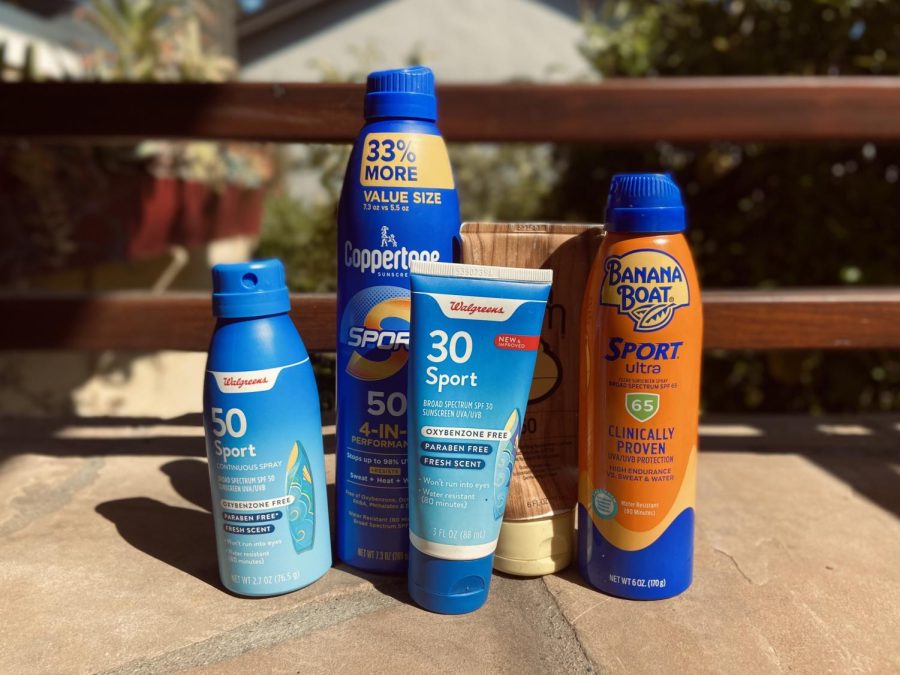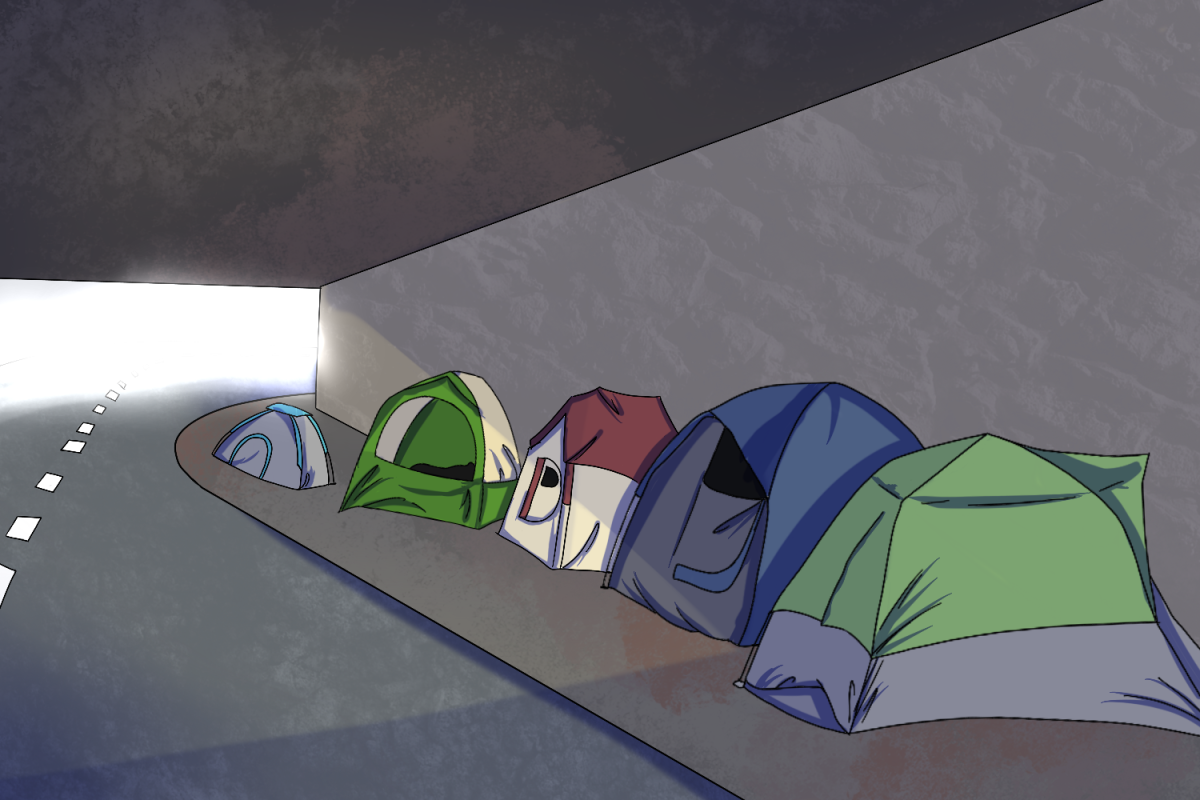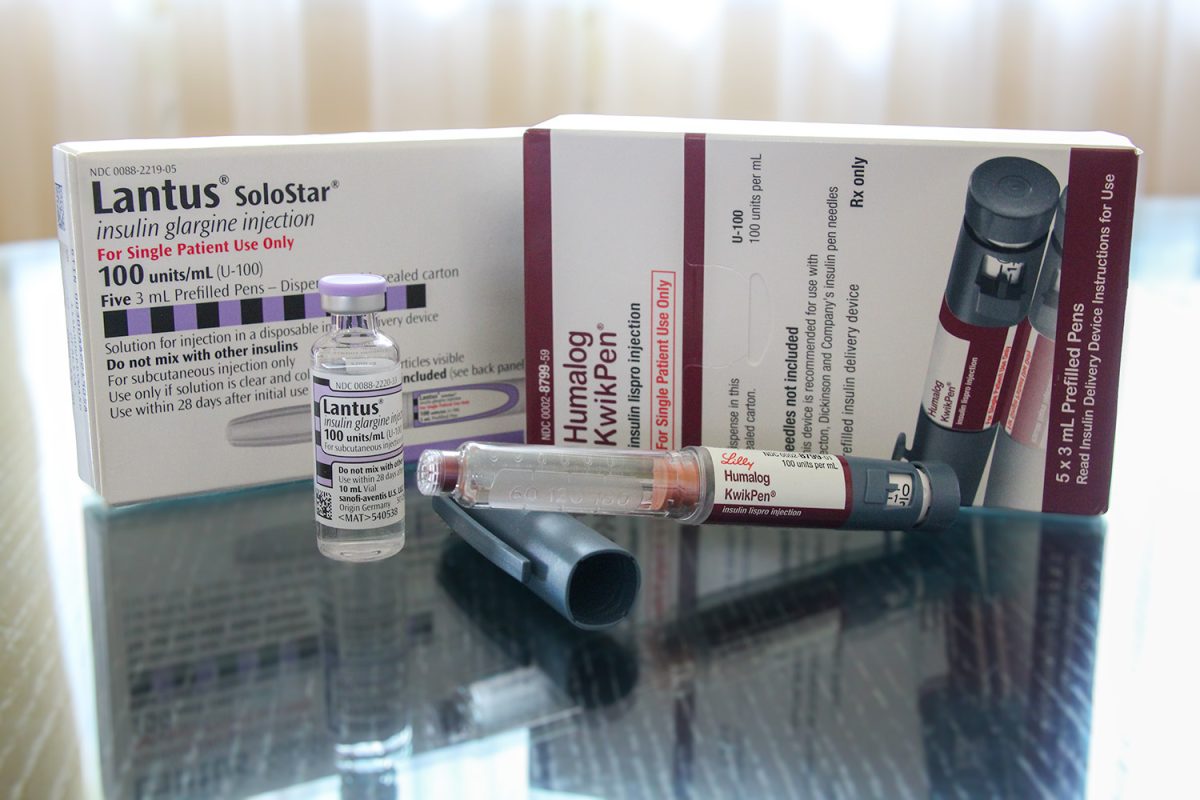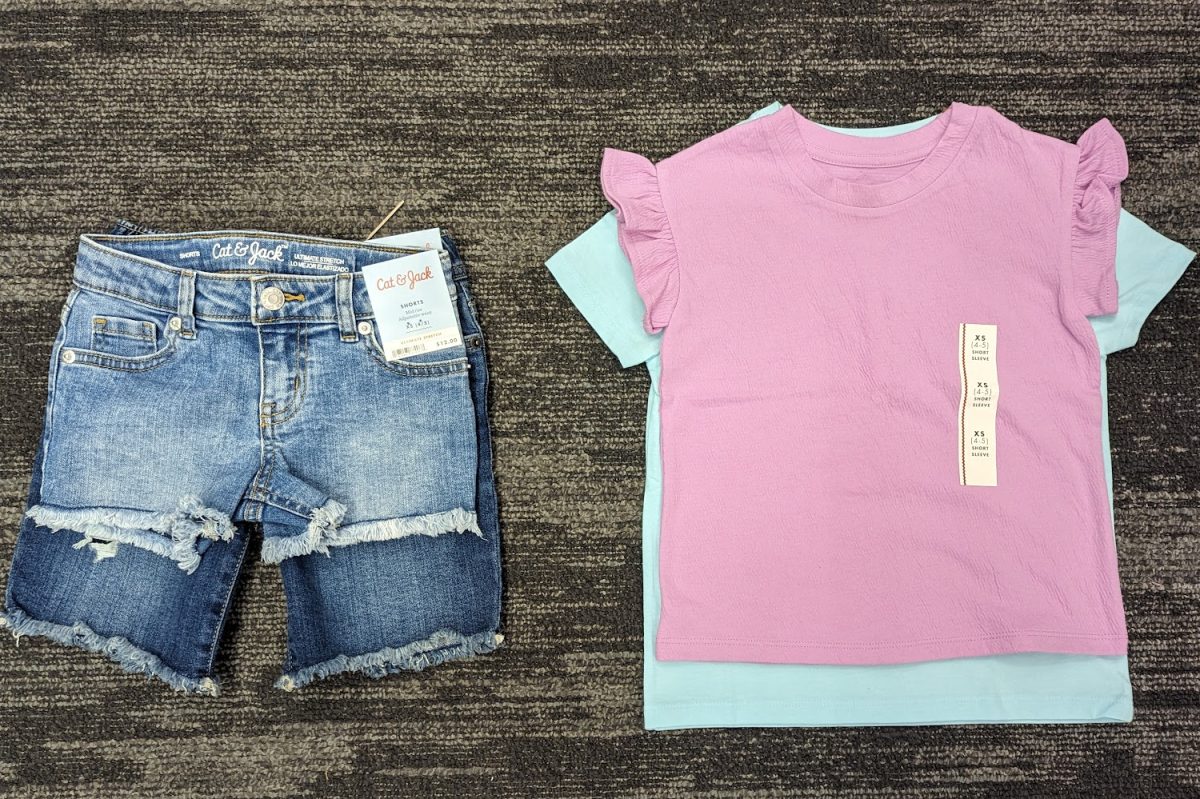With summer just around the corner, the image of sunny beaches and blue water is in many people’s heads. Coming along with them are the necessities: sunglasses, a hat, and sunscreen. But one of those items is deadlier than the rest.
Sunscreen, something that protects humans, is responsible for immense damage to other animals and ecosystems. And the truth is, even so-called “reef-safe” sunscreen may not be as safe for the environment as we think.
Oxybenzone, a common ingredient in over 3,500 sunscreens — including popular brands such as Neutrogena and Banana Boat — has been shown to have damaging effects on marine environments. The most significant impact of this chemical has been on coral reefs, which are vital for the success of our economic and ecosystem services, such as food, tourism, and overall environmental health.
Oxybenzone poisons reefs in more ways than one. It contributes to bleaching, reduces coral reefs’ resilience to climate change, and disrupts coral reproduction and growth.
Aside from affecting corals, oxybenzone also harms other aquatic organisms. In fish and dolphins, chemicals like oxybenzone can build up in their fat, which transfers the impacts to their young. It also impairs the growth and photosynthesis of green algae, disrupting entire ecosystems.
Every sunscreen consumer contributes to these negative impacts, even if they don’t think so. Sunscreen will wash off from a consumer’s skin directly into the ocean or will be washed off in the shower to end up in groundwater. This results in about 14,000 tons of sunscreen being washed into the sea every year. Oxybenzone, octocrylene, octinoxate, and ethylhexyl salicylate — common chemicals found in sunscreens — have been found in almost all water sources worldwide, and common wastewater treatment plants cannot easily remove them.
Even sunscreen advertised as “reef-safe” comes with drawbacks. These sunscreens are usually made with minerals, such as zinc oxide and titanium dioxide, which are deemed more eco-friendly. Yet, studies show that titanium dioxide runoff in water produces hydrogen peroxide, a chemical harmful to marine organisms.
However, the lack of oxybenzone and octinoxate means mineral-based sunscreen is still better than others when protecting coral reefs. But a large problem lies in the fact that there is no true standard or regulated meaning behind the label “reef safe” or “reef friendly.”
So why are these chemicals such a prevailing ingredient in sunscreen if we know they cause harm? These and other chemicals compose sunscreen’s “active” ingredients, acting as UV filters from the sun’s harmful radiation. Daily sunscreen use can lower one’s melanoma risk by 50%. These UV filters are undoubtedly helpful for preventing sunburns and reducing the risk of cancer for humans, but they are not so beneficial for the environment. This poses a conflicting question for scientists and a tricky situation for consumers, especially because sunscreen isn’t going anywhere.
The global sun care products market was valued at $13.03 billion in 2019 and is expected to rise to $16.84 billion by 2027. With the high demand for sunscreens to prevent skin damage, tourism increasing to pre-pandemic numbers, and a warming climate, it’s no surprise that sunscreen usage will keep growing, and its effects on our environment will become more apparent.
Consumers must work to balance the inevitable use of sunscreen and its impact on our environment. Choose sunscreen without harmful ingredients like oxybenzone or octinoxate, and instead opt for a non-nano, paraben-free, mineral-based formula. Furthermore, use lotion instead of spray, as it reduces particles landing on the sand and in the water. And finally, look for water-resistant sunscreen. A sunscreen that stays on longer when you’re in the water is less likely to wash off.
As scientists work to research the impacts of sunscreen and develop new formulas, you can make the switch to more eco-friendly sunscreen this summer to protect your one and only Earth.























